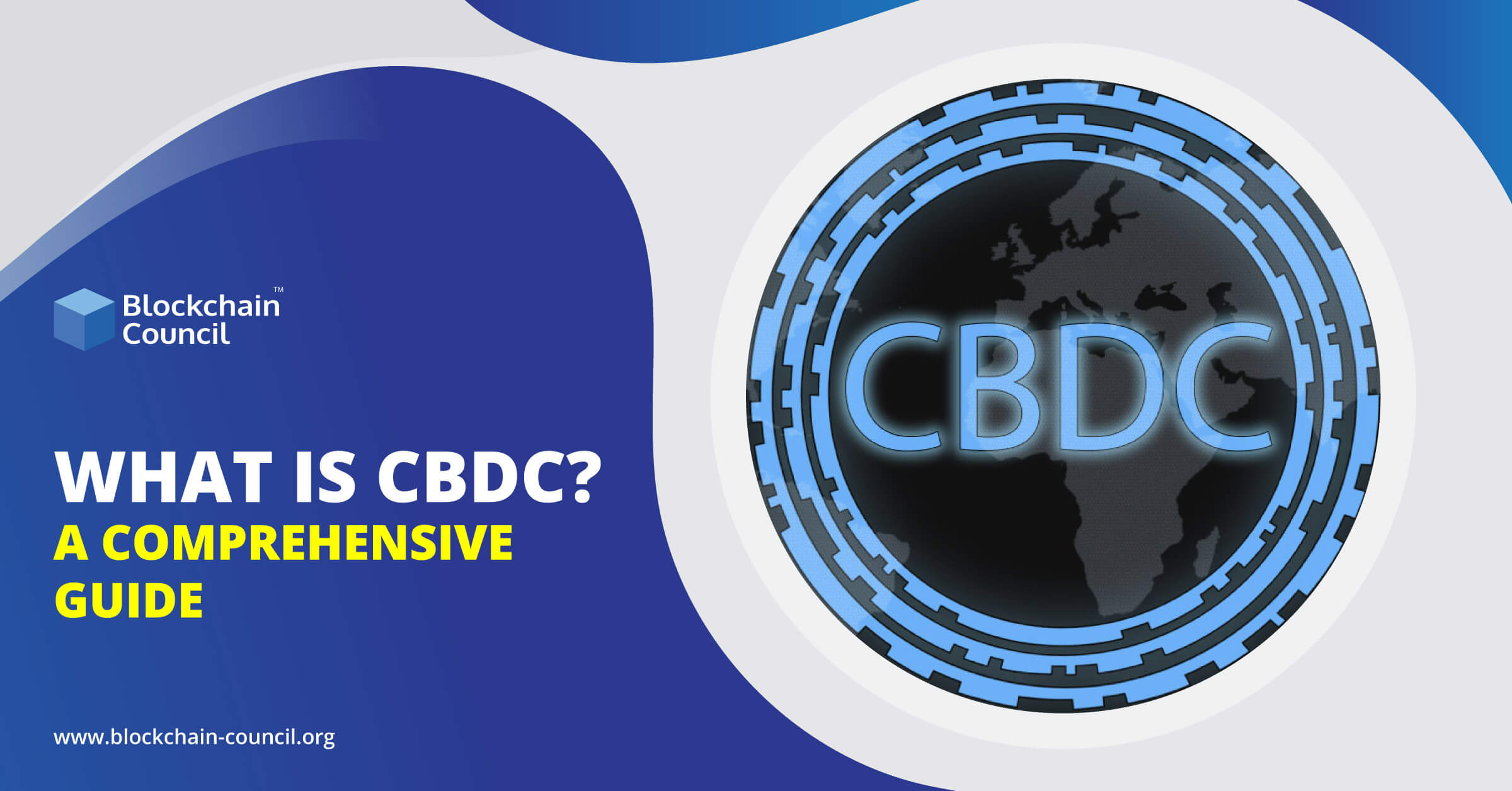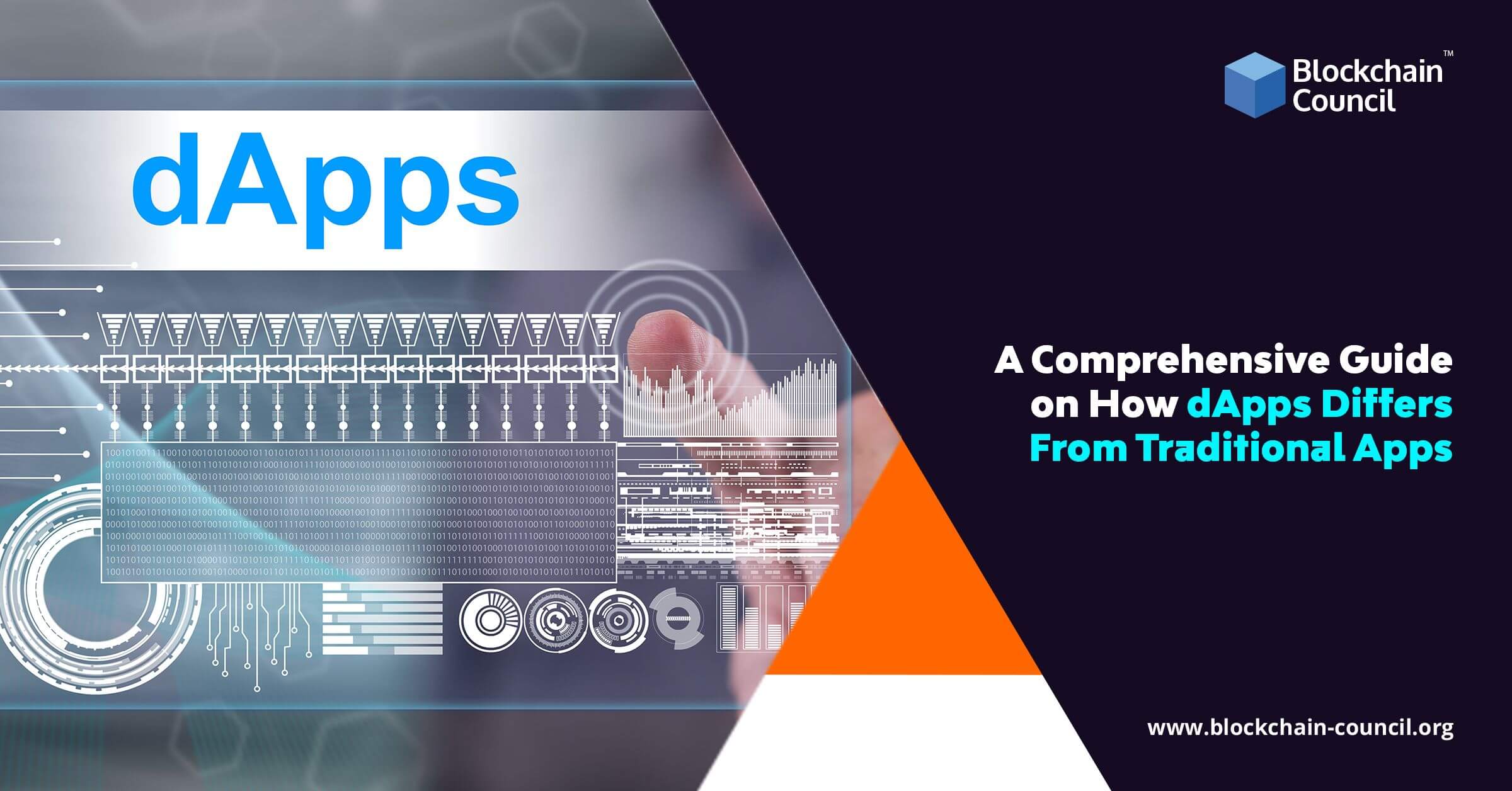
- Nitish Srivastava
- November 13, 2020
In this article, we will discuss what CBDC is. What are its types? Which countries are experimenting with CBDC, and will it drive financial inclusion? Let’s explore everything in detail.
Table of Contents
- Understanding CBDC
- Categories of CBDC
- Countries Launching Experiments to Test CBDC
- Can CBDC Drive Financial Inclusion?
- Concluding Lines
Understanding CBDC
CBDC stands for Central Bank Digital Currency, which is controlled directly by the country’s central bank and is backed by national credit and government power. Few technocrats describe CBDC as a digital form of sovereign money whose monetary policies are formed by the central bank.
In most simple words, CBDC is an electronic form of central bank money that can be used to store value and make digital payments seamlessly. Central banks around the world have started studying CBDC, and according to the report, 80% of the 66 banks surveyed have been involved in research and projects that were related to CBDC.
Want to know how digital currencies like Cryptocurrencies work? Get started today with Blockchain Council that offers most in-demand certifications in Blockchain and Crypto space.
Categories of CBDC
CBDC is of two types. Let’s explore each of them briefly.
- Wholesale CBDC– This type of CBDC can be exchanged and traded between central banks and private banks. Such exchanges help in streamlining payments between these institutions and enable faster cross-border transactions and reduce counterparty credit and liquidity risks. These CBDCs are considered to be the most attractive project because of its ability to make existing wholesale financial systems faster, economical, and safer at the same time.
- Retail CBDC- It is digital money meant for ordinary consumers and average people who will use it to conduct transactions for their daily activities. Such CBDC is based on distributed ledger technologies like Blockchain offers, traceability, anonymity availability 24/7/365, and the feasibility of an interest rate application. It mitigates third-party involvement, thereby eliminating the chances of criminal activities.
Countries Launching Experiments to Test CBDC
Countries such as China, Canada, the United States, Singapore, South Korea, Brazil, Japan, among others, are working tirelessly to make their sovereign digital currencies a reality. This indicates that CBDC has a lot to offer. After the advent of cryptocurrencies, governments all across the world have been cautious due to various factors. Central banks also believe that cryptocurrencies could threaten their control and authority, as there is no government-regulated reserve of currencies, and they would face challenges managing such anonymous and decentralized systems.
To maintain control over the money, for promoting financial inclusivity, and easing cross-border payments, countries are now launching trials to test the CBDC’s operation. According to the announcement of July 2020, the Bank of Japan (BoJ) declared that to test its technological application and feasibility, it will begin experimenting with its own CBDC, the Digital Yen.
Can CBDC Drive Financial Inclusion?
Public accessibility is one of the major constraints associated with developing countries. World bank report states that more than one billion citizens don’t have their bank accounts, and thus, they are excluded from traditional banking services. Lack of money and inadequate knowledge of the importance of financial inclusion are the main reasons for people being unbanked.
CBDCs can play a crucial role in promoting financial inclusivity. In developing countries, CBDCs can allow and enhance public access to government-backed payment methods even without requiring bank accounts. All they need is an internet connection.
Presently, cryptocurrencies and stablecoins are gaining a lot of momentum these days. Such systems enable people to transact money with just a click of a button all around the globe anonymously at lower amounts without any central authority. It fosters trust in the finance space and facilitates physical ID alternatives to authenticate transactions.
Experts believe that if utilized well, they have the potential to create frictionless economic opportunities as well. But for all this to happen, CBDC needs universal acceptance. Moreover, it should be interoperable with other payment methods and other digital currencies as well.
Concluding Lines
Well, we have learned a lot about CBDC. Dependence on banks and other financial institutions is minimized by the CBDC, and it can be seen as the medium that facilitates the financial inclusion for the underprivileged population. Here it is crucial to note that several countries are launching a proof of concept experiment to test and implement CBDC, which may include or may not include blockchain technology. Yes, the majority of people assume that DLT is necessary, but this is not true. CBDC may work without Blockchain as well. According to various executives, CBDCs does not require blockchain technology, and some countries, like Sweden, even believe that DLT may be immature for supporting CBDC at present.
If you want to gain in-depth knowledge about Blockchain Technology, check out Blockchain Council.
To get instant updates about Blockchain Technology and to learn more about online Blockchain Certifications, check out Blockchain Council.





































































 Guides
Guides News
News Blockchain
Blockchain Cryptocurrency
& Digital Assets
Cryptocurrency
& Digital Assets Web3
Web3 Metaverse & NFTs
Metaverse & NFTs
